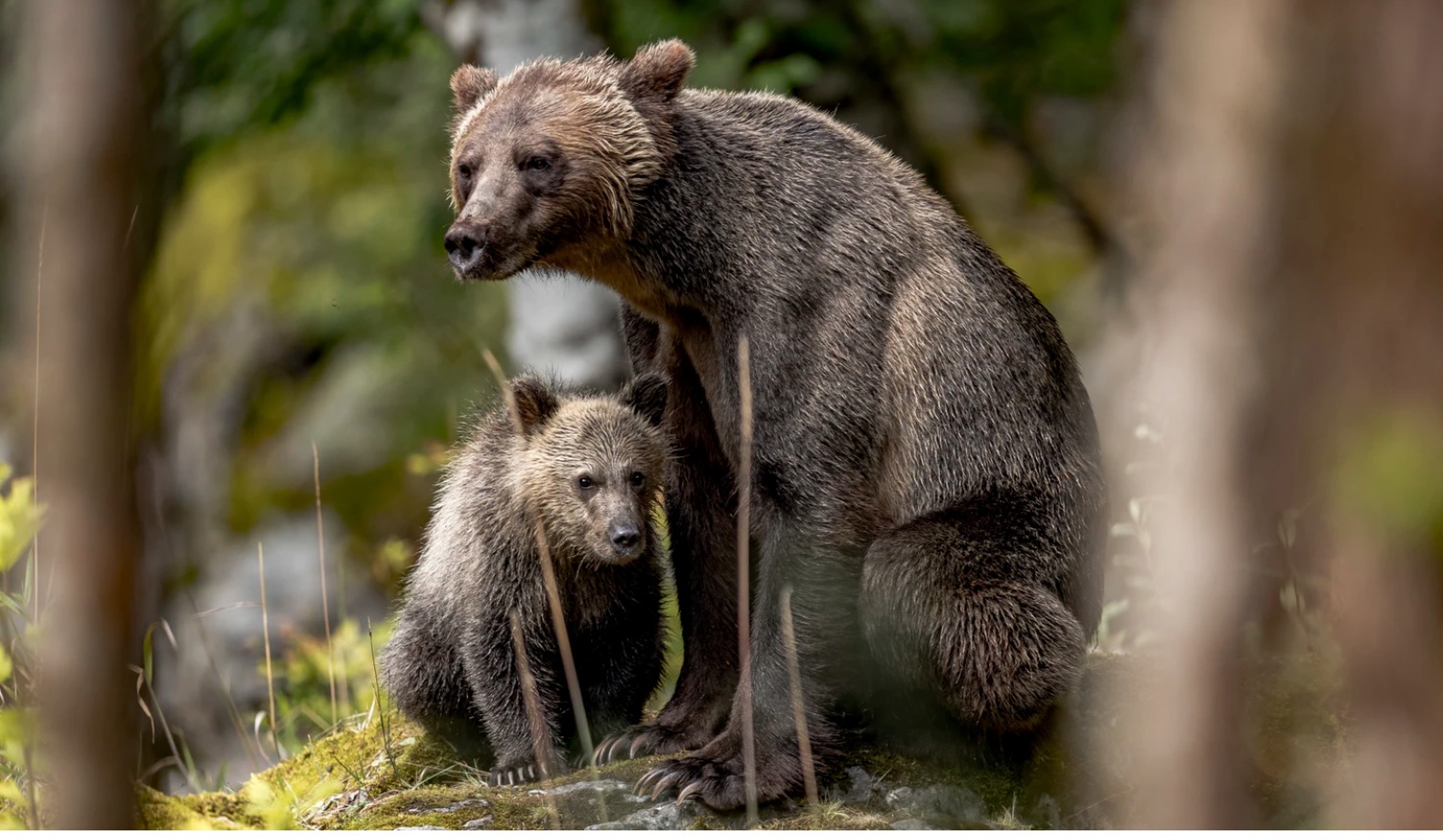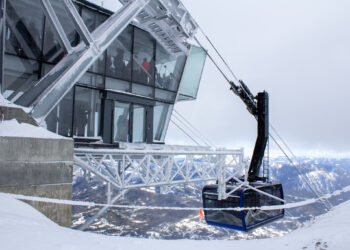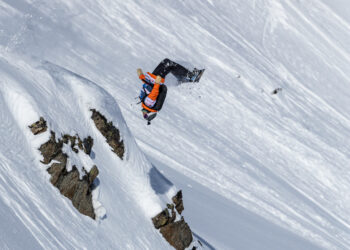By Jessianne Castle EBS ENVIRONMENTAL & OUTDOORS EDITOR
BOZEMAN – Before a crowded audience in Bozeman, teeming with late arrivals and eager early birds, 18 Montanans took their seats around a table. They came through the doors wearing the weight and expectation of their own experiences, striding in from various walks of life, but upon taking a place at the table, they committed to a singular effort: finding common ground on the topic of the grizzly bear.
Those at the table on Nov. 13 and 14 were appointed by Gov. Steve Bullock to the state’s first volunteer Grizzly Bear Advisory Council composed of private citizens in order to provide recommendations for how the state should handle management of grizzly bears. Over 150 people applied for the council and 18 were appointed. They will meet a total of six to eight times before August 2020 and are to provide a final report and recommendations to the governor by Aug. 31, 2020.
It is both with a badge of pride and word of caution that Montana supports the largest number of grizzly bears in the Lower 48. The bruins are recognized for their ecological and cultural values, as well as the risks they impose on human safety.
As conservation efforts see to growing population numbers and spreading distribution in some areas, while populations in other areas wax and wane, humans in the region are increasingly struggling with how to coexist. In the face of heated opinions, ongoing delisting litigation and rising political interest, wildlife officials with the U.S. Fish and Wildlife Service, U.S. Forest Service, Interagency Grizzly Bear Study Team and Montana Fish, Wildlife and Parks seek to find a balance.
The citizen-panel model for developing management recommendations for public resources hinges on representation of diverse viewpoints and their ability to compromise. Members include farmers, ranchers, representatives from conservation organizations, a naturalist guide, a manager of a waste disposal company and the manager of a forest products company.
During their second meeting, held at the MT FWP Region 3 office following their first meeting held in East Helena in October, Valier rancher Trina Jo Bradley described the way grizzly bears have challenged her ranching operations, eating feed supplements intended for cattle, and frequently spotting their tracks while walking her daughter to the bus stop.
Caroline Byrd, the executive director of the Greater Yellowstone Coalition, referenced the seasonal change in bear activity.
“This month has really been such an important month, with hyperphagia [when bears seek food before hibernation] and hunting season,” she said. “I’ve been dismayed at the number of conflicts and the work that we have in front of us to reduce those conflicts because we have to have social tolerance … The challenge in front of us is how do we make sure that people feel safe and bears stay wild.”
As the first stage in formulating management directions, the citizen panel is gathering information on the current status of grizzly bears. In East Helena, IGBST biologists shared information about general grizzly bear biology and behavior, and the council also discussed the status of the delisting litigation. In Bozeman, biologists presented on the population status, distribution and connectivity. Subsequent meetings will focus on conflict prevention and management actions.
According to biologists Mark Haroldson with USGS and Cecily Costello with MT FWP, the grizzly bear population in the Greater Yellowstone Ecosystem numbers about 725 while approximately 1,000 live in the Northern Continental Divide Ecosystem just within the state’s northern border near Glacier National Park.
While both of these populations are expanding their range as numbers steadily tick upward—thereby occupying more and more public land—USFWS Grizzly Bear Recovery Coordinator Hilary Cooley reported that there are only about 55-60 in the Cabinet-Yaak Ecosystem in Montana and Idaho and about 100 live in the Selkirk Ecosystem spanning Idaho, Washington and Canada. No resident silvertips are thought to live within the North Cascades in Washington or the Bitterroot Ecosystem in Idaho and Montana.
Haroldson, Costello and Cooley also spoke on connectivity between ecosystems, noting that while the Yellowstone population remains isolated from the remaining populations, as the grizzly bears expand their ranges in the GYE and NCDE, the two populations have been documented within 45 miles of each other. While bears in the Selkirk, Cabinet-Yaak and NCDE are connected with Canadian populations to the north, there has not been strong evidence of bears crossing between the east and west populations.
The panel also heard presentations on grizzly bears and highways and how land trusts are working to secure habitat on public land.
The council’s next meeting is scheduled Dec. 4-5 at the University of Montana in Missoula. Meetings are open to the public and public comment is accepted at a scheduled time on the agenda. Public input is also taken online.
Visit fwp.mt.gov/fishAndWildlife/management/grizzlyBear/gbac.html for more information about the Governor’s Grizzly Bear Advisor Council and to submit public comments.














